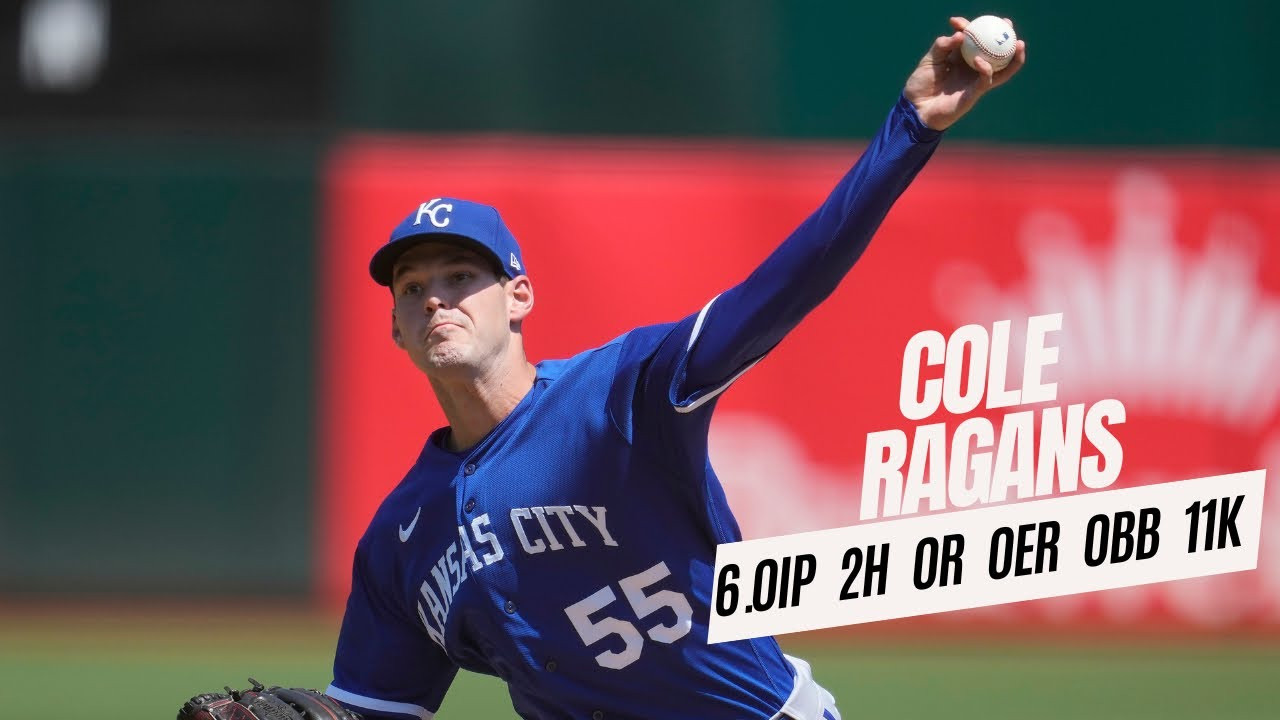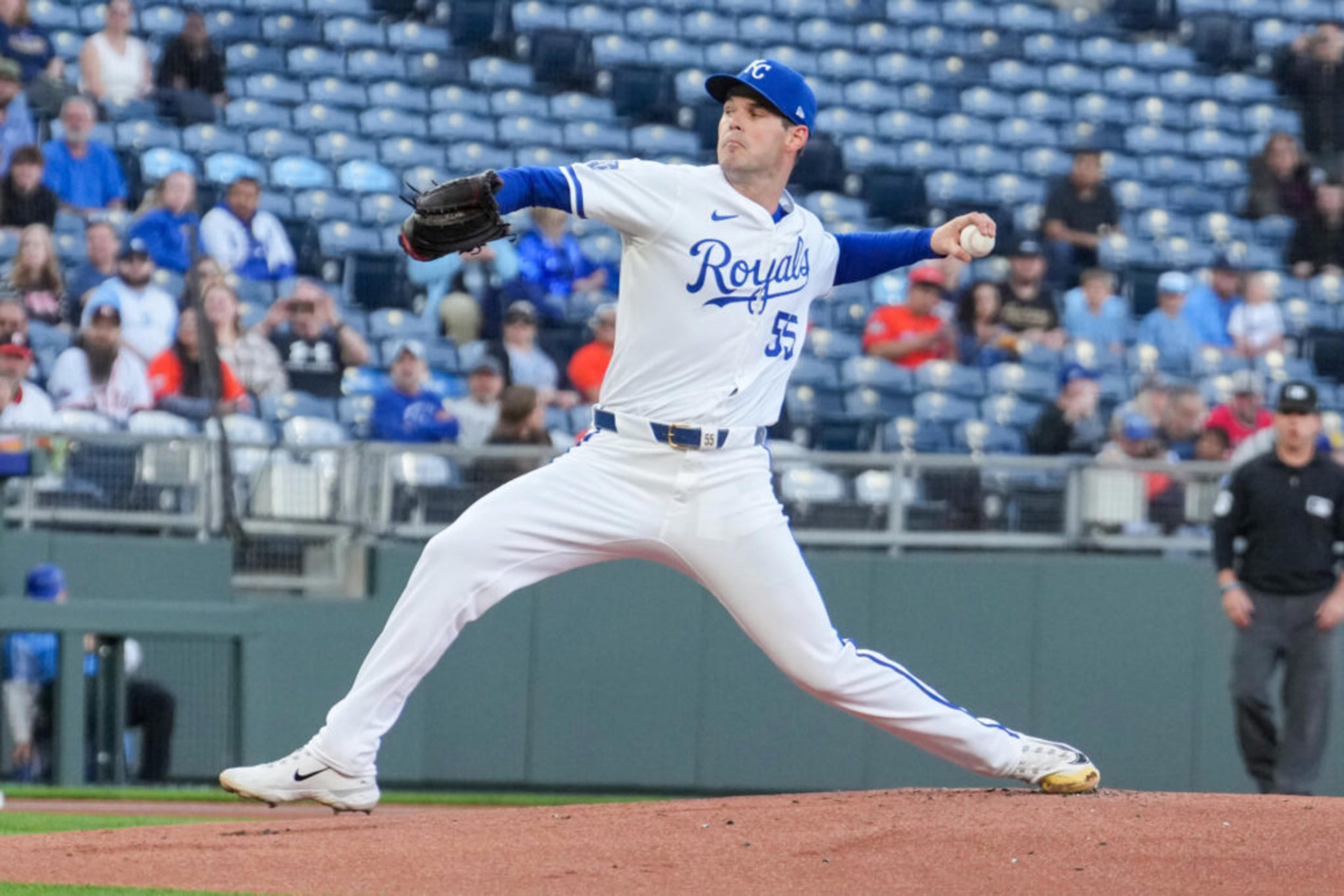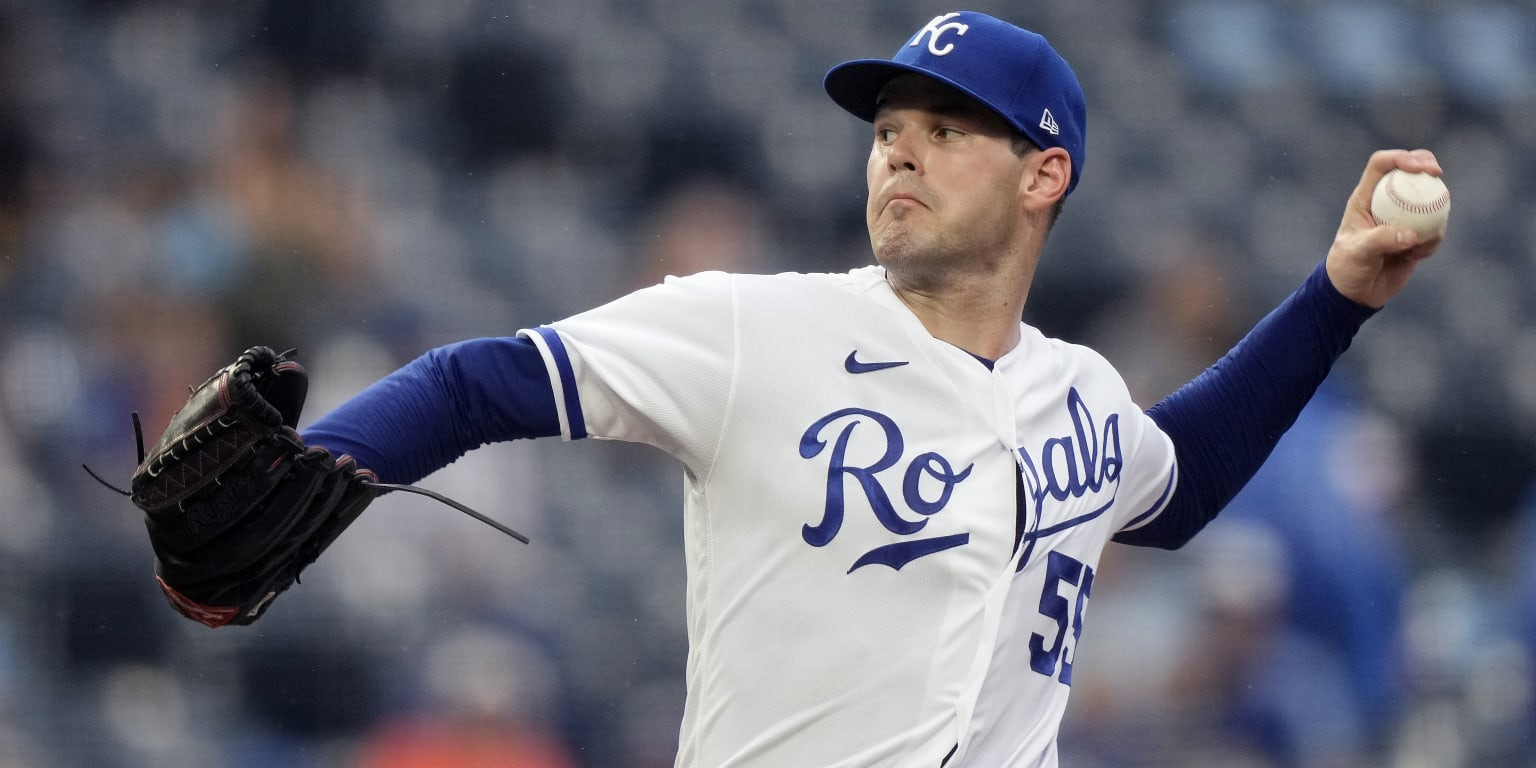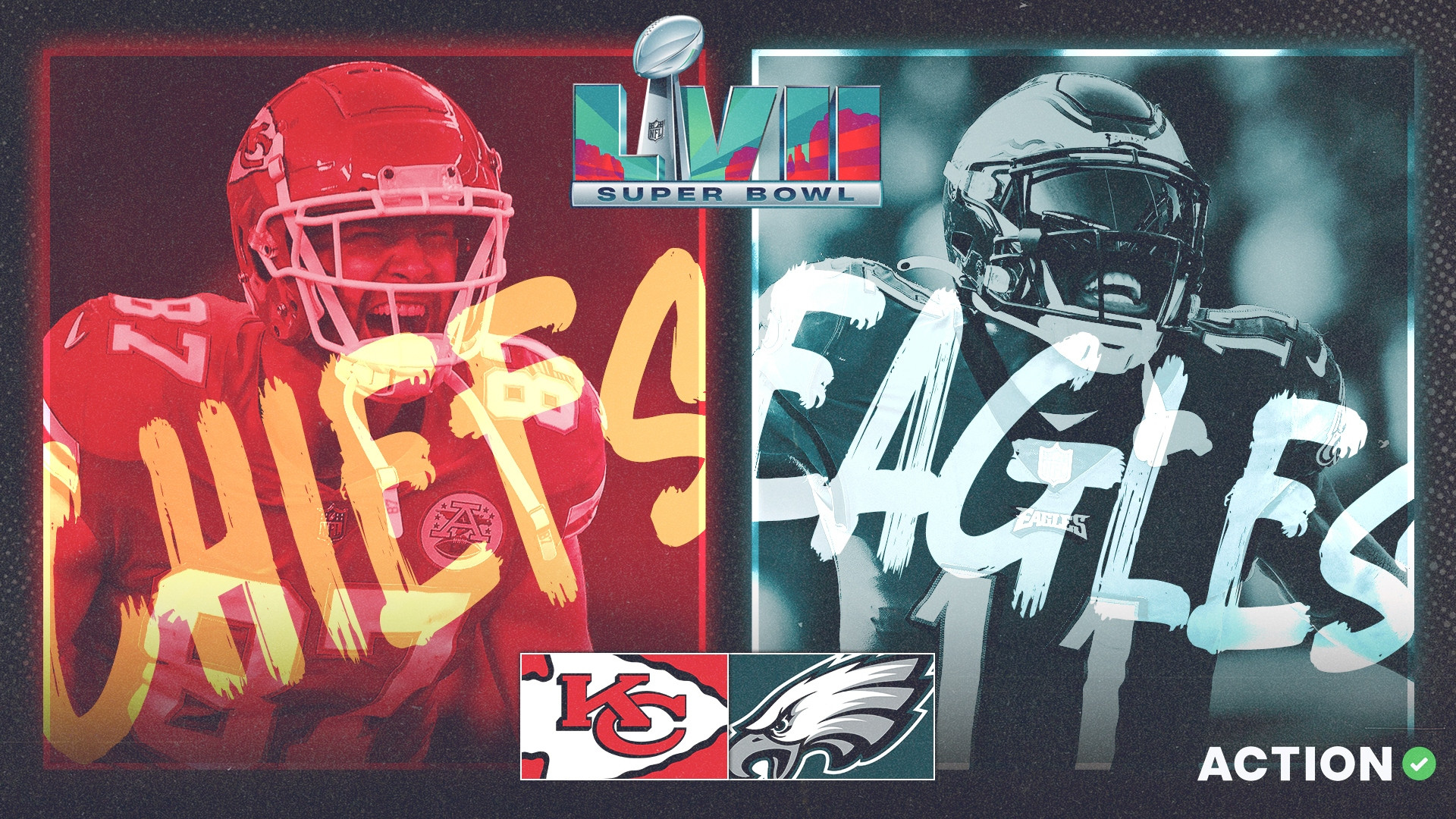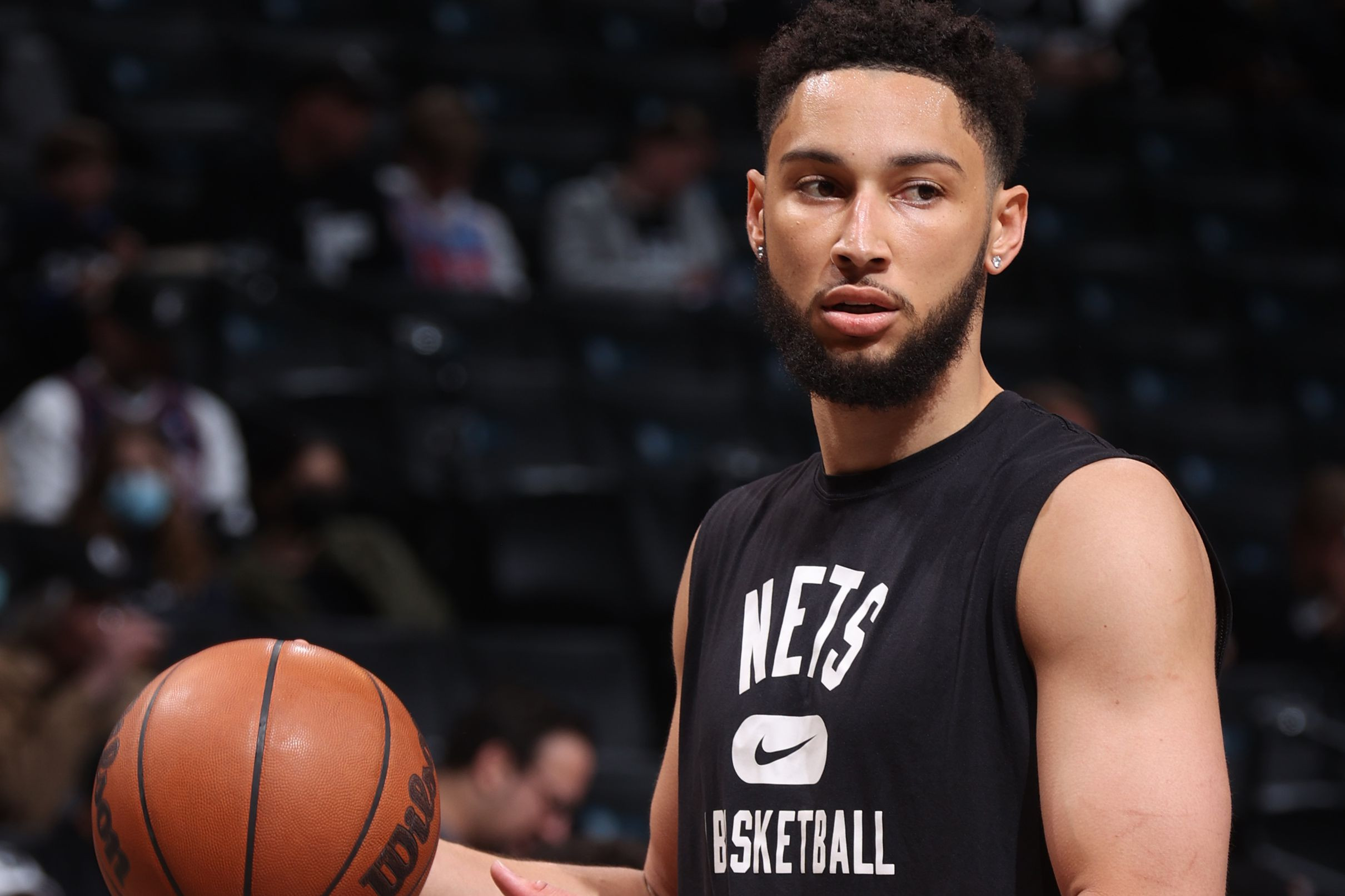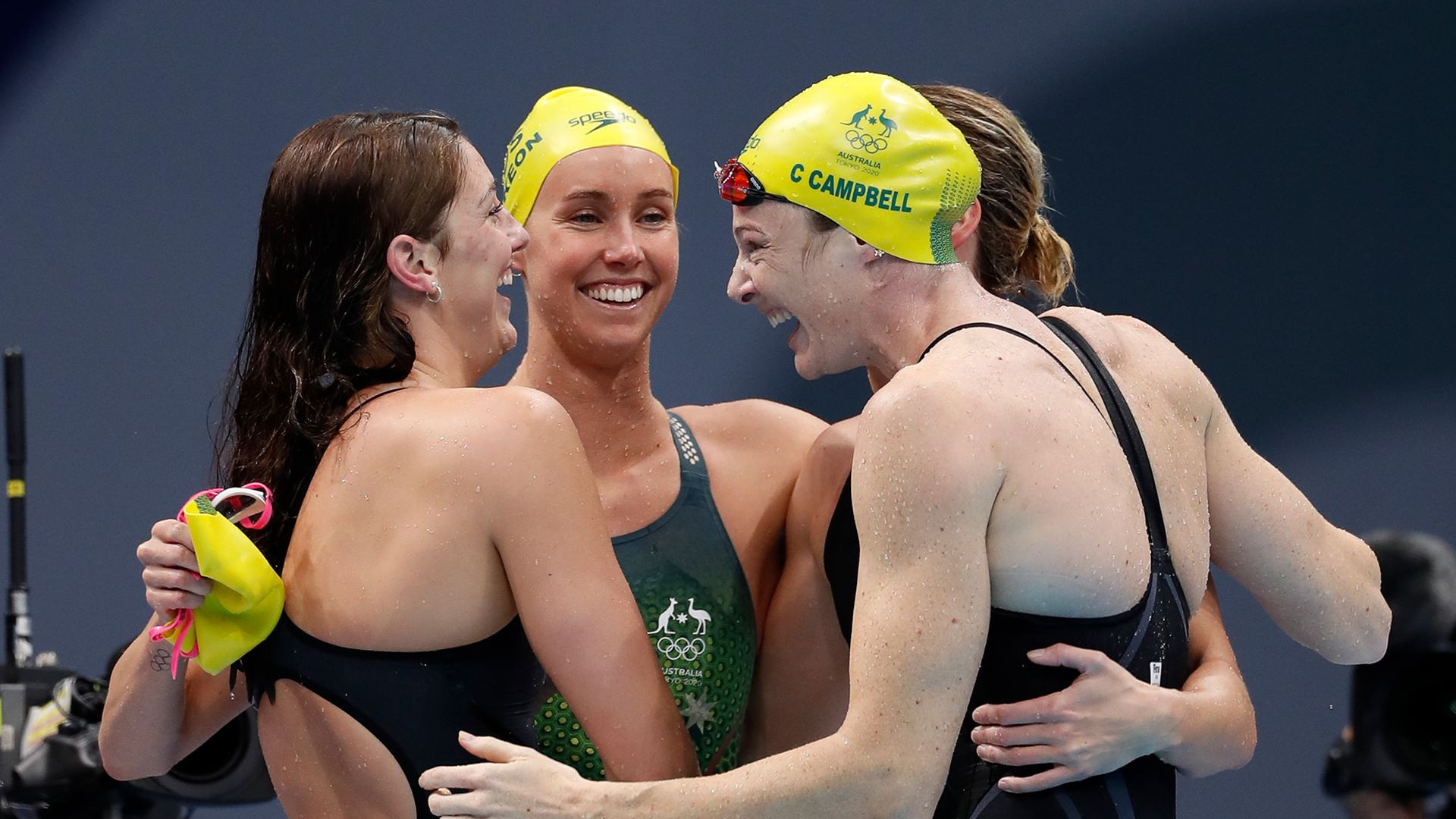The Yankees really put us through the grinder with their ALDS Game 1 win over the Royals, a game that featured a postseason record five lead changes. Now that both team and fans have enjoyed a day off to let our heart-rates return to normal, we can appreciate how gritty a comeback win it was, the team showing no quit and battling for every pitch until they grabbed a lead that they were determined not to surrender again. With first pitch of Game 2 less than 12 hours away, we shift our attention to Kansas City’s starter, Cole Ragans, and how the Yankees can game plan for success.
Ragans was drafted by the Rangers out of North Florida Christian High School with the 30th overall selection in the 2016 MLB Draft and was traded to the Royals for Aroldis Chapman as Texas made their World Series push in 2023. At the time it wasn’t seen as too hefty a return for a pure rental reliever, Ragans falling off the prospect ranking lists after missing 2018 and 2019 with back-to-back Tommy John surgeries and 2020 due to the COVID cancellation of the minor league seasons.
Ragans made nine unremarkable starts for the big league team in 2022 before being moved to the Texas bullpen for 2023. Upon joining a Royals team with no shot of making the playoffs, he found himself moved back to the starting rotation and results immediately followed. Kansas City unlocked an extra four miles per hour across all his pitches and his strikeout rate soared from 15.5 percent as a starter for the Rangers to 31.1 percent as a starter for the Royals. He finished 2023 with a 2.64 ERA and 2.49 FIP in 12 starts for the Royals, foreshadowing the next big leap he would take in 2024.
This season, Ragans established himself as one of the top left-handed starting pitchers in baseball, his 4.9 fWAR and 2.99 FIP fourth among all starters. He’s a dangerous mix of a power pitcher who can still limit hard contact. His 29.3 percent strikeout rate and 31.8 percent whiff rate both placed in the 88th percentile or better league-wide while his 6.2 percent barrel rate and 35.4 percent hard-hit rate against both placed well into the top quartile. It’s this damage suppression that allowed him to post a sterling 0.72 home run per nine inning rate — ninth-best among qualified starters — though an xFIP that was half a run higher than his FIP suggests that he benefitted from the expansive confines of Kauffman Stadium.
Ragans’ success starts with his four-seamer, and boy does he have a good one. Its 97th percentile spin rate of over 2,550 RPMs means it places above the elite threshold of 18 inches of induced vertical break — that desirable rising effect at the top of the zone — though where the pitch really shines is in terms of horizontal movement. His heater exhibited the eighth-most lateral movement vs. average of any four-seamer in baseball which perhaps helps explain why he is able to induce weak contact — a high velocity pitch breaking over a foot arm-side is difficult to square up. All this being said, it is worth noting that most of his pitches lost about two mph of velocity from the start of the season to the end. Perhaps fatigue is in play as his 186.1 innings were almost as much as the previous two seasons combined.
In order to gauge how Ragans will attack the Yankees lineup and where there may be weak points to exploit, I went back over his September 11th start at Yankee Stadium and his ALWCS Game 1 win over the Orioles. He held the Yankees to two runs on three hits and three walks with seven strikeouts in six innings in a game that Jazz Chisholm Jr. would walk off in the 11th. That pales in comparison to the gem he tossed against the Orioles — six shutout innings allowing four hits and no walks against eight strikeouts, though he was forced to leave that start after 80 pitches with a cramp in his left calf.
Against both the Yankees and the Orioles, Ragans threw a first-pitch four-seamer to every single batter the first time through the order. The second time through the order in New York, Ragans threw a first-pitch four-seamer to just three batters while the Orioles saw just four first-pitch four-seamers the second time through. He opted for the knuckle curve or changeup to start off Yankee hitters while he leaned more on a first-pitch slider to the Orioles the second time through. That went to about a 50/50 split of fastball vs. breaking/offspeed as the first pitch the third time through.
Against righties, Ragans likes to attack up and in with the four-seamer whereas against lefties, he targets more middle-away to low and away with the heater. Against the Orioles, he threw 14 changeups and 11 knuckle curves, all to righties, and though there wasn’t such an extreme platoon disparity against the Yankees, it was still clear that he tries to avoid the changeup and knuckle curve against lefties, instead preferring cutter and slider facing same-handed batters. Once he gets to two strikes, he’ll try to elevate a fastball, and if that doesn’t get the hitter to bite, a changeup off the plate arm-side and a knuckle curve at the bottom of or below the zone are his go-to weapons.
The Yankees’ damage against Ragans came courtesy of a Juan Soto two-run homer in the sixth after Gleyber Torres drew a one-out walk. Soto spat on a pair of borderline sliders and fouled off a pair of offspeed pitches right on the corners before sending an admittedly well-executed knuckle curve into the right field bleachers — just a case of a good pitcher getting beat by an even better hitter. As for the Orioles, three of their four hits came from lefties hunting a first-pitch fastball and not missing when Ragans left it up rather than hit his spot down and away.
With all of this in mind, we can start to craft a game plan for the Yankees lineup. As both games showed, you just are not going to string together a bunch of hits against the hard-throwing lefty. And while he didn’t walk any Royals, the Yankees proved that he is liable to issue a free pass as evidenced by a career walk rate of almost ten percent.
Hitters should hunt the fastball first pitch the first time through the order and hope that Ragans leaves one over the heart of the plate. If he gets a first pitch strike, they should expect a breaking ball or offspeed pitch as Ragans rarely doubles up on the heater. Moving on to the second time through the order, while it might be dangerous to sit breaking/offspeed from a pitcher who throws almost 50-percent fastballs, Ragans usually finds the zone with the changeup or knuckle curve in those situations, and that might be the best pitch you get to hit the whole AB. And if Ragans does get to two strikes against you, righties will need to be wary of laying off the high heat and anything that starts on the outer-half out of the hand while lefties can expect a steady diet of sliders off the plate.
If Game 1 of the ALDS taught us anything, it’s that the Yankees are taking a lineup-wide hyper-disciplined approach into the playoffs, the Bombers drawing eight walks against Michael Wacha and a quintet of Royals relievers. We also learned that there’s no counting these Yankees out of any game, the team battling back from three separate deficits to win the game, and I expect nothing but the same intensity in Game 2 against Ragans.




